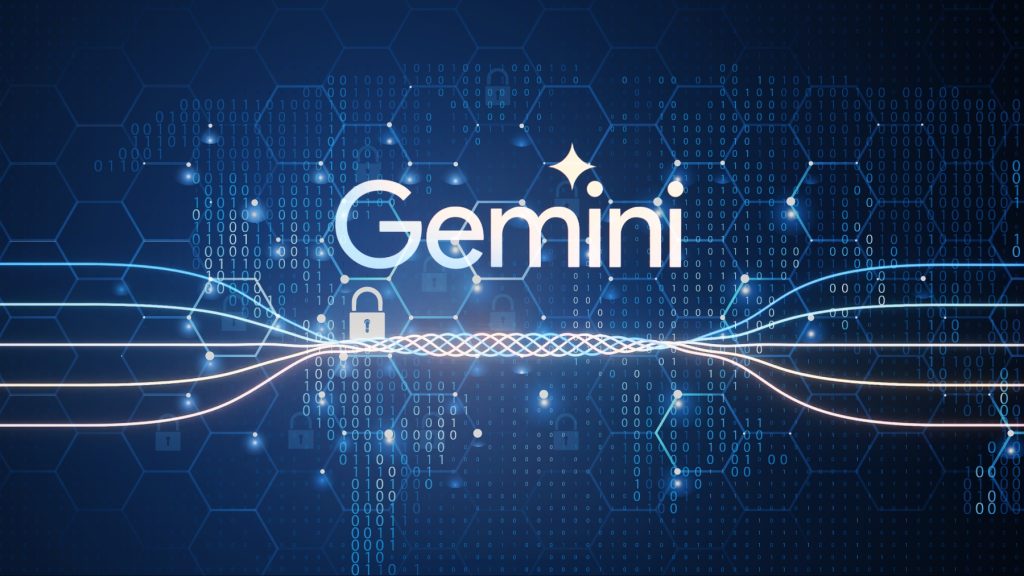
Google has introduced its latest AI-powered threat intelligence tool, Google Threat Intelligence.
- It aims to streamline threat reports for easier comprehension by users of all levels of expertise.
- Google’s Gemini 1.5 Pro large language model significantly reduces the time required to reverse engineer malware attacks.
- The AI-powered tool aids in summarizing threat reports in natural language.
Google is integrating AI tools into its cybersecurity product, Google Threat Intelligence, employing AI’s skills in combating cyber threats.
The product is the brainchild of Google’s Mandiant cybersecurity unit and VirusTotal threat intelligence, supplemented by Google’s Gemini AI model. Their goal is to streamline threat reports and make them more accessible and comprehensible for users. Not all of us are cyber experts after all.
Google acquired Mandiant, an American cybersecurity firm, in 2022, which boosted the tech giant’s cybersecurity capabilities and assessed security vulnerabilities in AI projects.
The main selling point of the cybersecurity product is the integration of the AI tool, Google’s Gemini 1.5 Pro large language model. It drastically reduces the time required to reverse engineer malware attacks, which requires disassembling the program’s components and functions to gain insight into its behavior, structure, and capabilities. Google Threat Intelligence managed to reverse engineer the notorious WannaCry virus in 34 seconds. An impressive feat!
In the blog post, the company wrote, “We have supercharged the threat research processes, augmented defense capabilities, and reduced the time it takes to identify and protect against novel threats. Customers now have the ability to condense large data sets in seconds, quickly analyze suspicious files, and simplify challenging manual threat intelligence tasks.”
Beyond deciphering complex code, the AI-powered threat intelligence tool can help summarize threat reports in natural language. This part is important for companies trying to navigate potential cyber threats without taking a lot of damage, since it facilitates informed decision-making. These companies can choose the best course of action based on accurate information,
Google Threat Intelligence also enables proactive monitoring of potential threats, continuously monitoring systems, networks, and data for signs of suspicious activity or vulnerabilities.
While other companies have integrated AI into their security frameworks, Google’s AI-powered threat intelligence tool emphasizes practical applications. It uses AI to enhance threat intelligence gathering and response capabilities.
However, there are some things that people seem to dismiss when they talk about AI as this miracle cure for everything. While AI-powered threat intelligence tools offer defensive advantages, AI models themselves can be quite vulnerable to attacks. It is not a far-fetched concept for hackers to exploit any weaknesses that these systems have. They can then manipulate the output or even gain control of the systems. What happens if these hackers get a hold of your threat intelligence products’ AI? They can feed it malicious data to mess up its training and alter its decision-making. I’d imagine getting a trojan onto a computer after that is the easy part.
Should we trust AI with the security of our devices—the same devices that house our whole digital lives, from pictures to personal documents?
Inside Telecom provides you with an extensive list of content covering all aspects of the tech industry. Keep an eye on our Cybersecurity sections to stay informed and up-to-date with our daily articles.